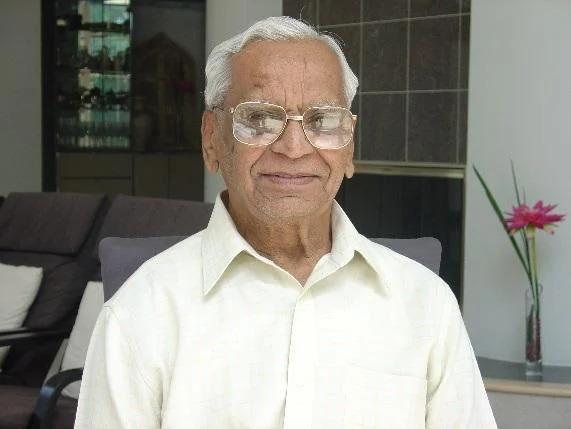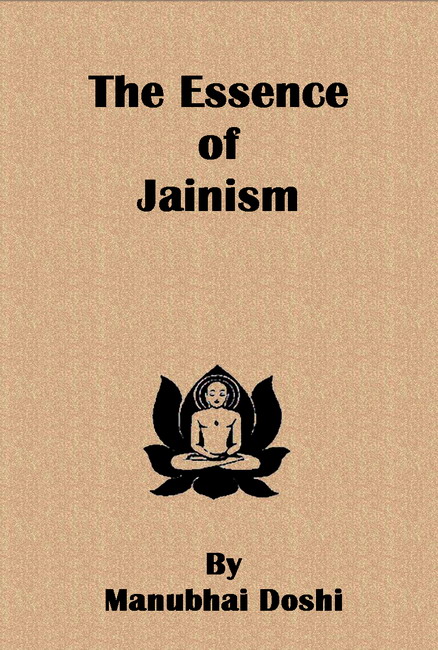Utmost importance is attached in Jain tradition to right approach which is known as Samyaktva. In a way, that is the principal objective for Jains and it comprises the trio of Samyag Darshan, the right perception; Samyag Jnana, the right knowledge and Sam yak Charitra, the right practice. The learned author of Tattvarthasutra, His Holiness Umaswati begins the Sutra with SAMYAG DARSHAN JNANA CHARITRANI MOKSHA MARGAH. It means that the path of liberation consists of Samyag Darshan, Samyag Jnana and Samyak Charitra. Let us therefore try to understand these three concepts.
The first step for achieving any objective is to have a keen desire for it. We have so many desires, many of them conflicting with one another. For instance, we may desire to remain very healthy. Simultaneously, however, we may also desire to eat some food of our choice or indulge in some addiction that may not be conducive to health. In that case our desire to remain healthy cannot materialize. So, our desire for gaining any objective must be acute enough to be pursued to the exclusion of other desires that would be detrimental to the attainment of our objective. This type of desire needs a strong will that could arise only if we are convinced of our objective being in our best interest. That would in turn generate firm faith in the objective and a sense of dedication for attaining it. That type of faith can be described as right perception.
Once we are clear and certain about our objective, we should gain adequate knowledge for the purpose. Suppose, we want to be a doctor. In that case, we have to acquire appropriate knowledge of medical science. Instead of that if we go in for proficiency i n literary works of Kalidas or Shakespeare or for knowledge of engineering or of any other science or art that would not be helpful in achieving our objective of becoming a doctor. Thus gaining right knowledge of the subject is another essential for realizing an objective.
After gaining medical proficiency, if we do not set up practice as a doctor and stay idle or start some kind of trade or any other profession, our decision to become a doctor and the knowledge of medical science acquired for the purpose would not be helpful in realizing our objective. So the knowledge that has been gained has to be effectively used for realizing any objective. Knowledge without practical application remains sterile. Thus if we want to realize any objective, we must have right concept, appropriate knowledge and right type of activity.
The objective of becoming a doctor is not a good analogy for the objective of attaining liberation that we are discussing here. It would however be helpful in getting a rough idea of these three aspects which in spiritual terminology are called Samyag Darshan, Samyag Jnana and Samyak Charitra. They together are known as Samyaktrayi or simply Samyaktva. It is therefore not at all surprising that most of our prayers are directed towards gaining Samyaktva. Many of our devotional songs express devotee’s longing for three jewels. Very few of the devotees are aware that these jewels mean Samyag Darshan, Samyag Jnana and Samyak Charitra. In fact, they are more precious than jewels, because they together can ultimately lead to salvation.
We do talk of liberation as the abode of happiness and therefore pray for salvation. Our concept of happiness, however, mostly happens to be inaccurate, because it generally pertains to bodily happiness, sensuous pleasure etc. We are prone to think that in the liberated state we may get all sorts of happiness that includes material happiness which we are accustomed to. Nothing can however be further from truth. In liberated state the soul stays unembodied. As such, the question of bodily happiness or sensuous pleasure does not arise. It is a state of perfect bliss, a state of unending bliss where the soul is no longer subjected to any kind of affliction.
For successfully pursuing any objective there are some common factors to be taken into account. For example, if we intend to be involved in manufacturing activity, we should thoroughly acquaint ourselves about the article to be manufactured. We should know its properties in the pure form, condition of the raw materials together with any impurities associated with them, the method of removing the impurities, circumstances under which our product may be contaminated, other materials that can compete with it, the ways to avert the contamination and competition, etc. Similarly if our objective be to attain liberation of soul, we have to understand true properties of soul (Jiva), other objects (Ajivas) that compete with it for attracting our attention, merits and sins (Punya and Paap, known as good and evil Karmas) that tend to pollute it, the ways the soul gets influx (Asrava) of Karmas, adulterated state of soul on account of the bondage (Bandha) of Karmas, ways to avert (Samvara) the influx, elimination (Nirjara) of adulteration arising out of bondage of Karma and attainment of perfect purity of soul which is called liberation (Moksha). These nine factors are known in Jain terminology as Nav Tattvas or nine fundamentals.
Some people do not treat Punya and Papa as separate factors and therefore talk of only seven fundamentals. Punya and Papa are however covered by them under Asrava and Bandha. Therefore the difference is only numerical and there is no material difference between the two viewpoints. If a person sincerely believes in these seven or nine fundamentals, he gets a real good concept of the soul, its present state, the objective to be aimed at and methods for the purpose. Sooner or later he would therefore activate his energy towards liberation. As such, faith in these fundamentals is also termed as Samyag Darshan.
Of these nine Tattvas, only soul or Jiva is conscious and animate. All others are inanimate or lifeless. In that sense they all are Ajivas. Lifeless objects are however of two types. Some objects have form and shape and have properties of smell, color, od or and taste. Such objects are known as matter or Pudgal and constitute one of the six basic substances or Dravyas as we call them. While talking of Ajiva as one of the nine fundamentals, we really mean this Pudgal that has impact on soul. The rest of the seven fundamentals are not Dravyas. Jiva and Ajiva being the Dravyas form part of six Dravyas. That is known as Shaddravya in Jain terminology. We shall deal with it in chapter 7.
 Manubhai Doshi
Manubhai Doshi
